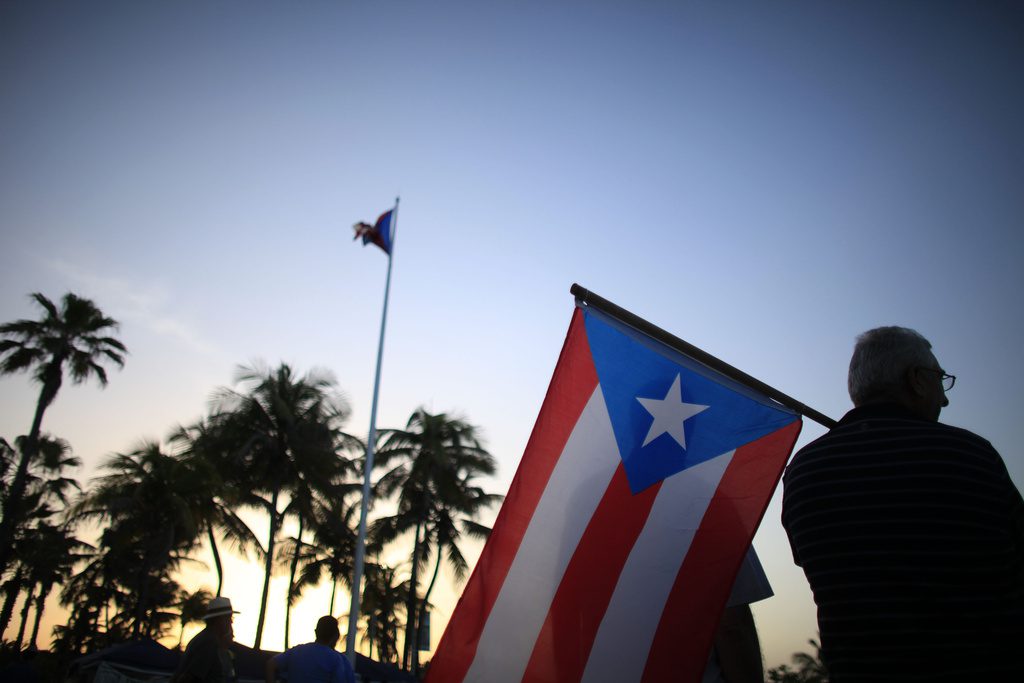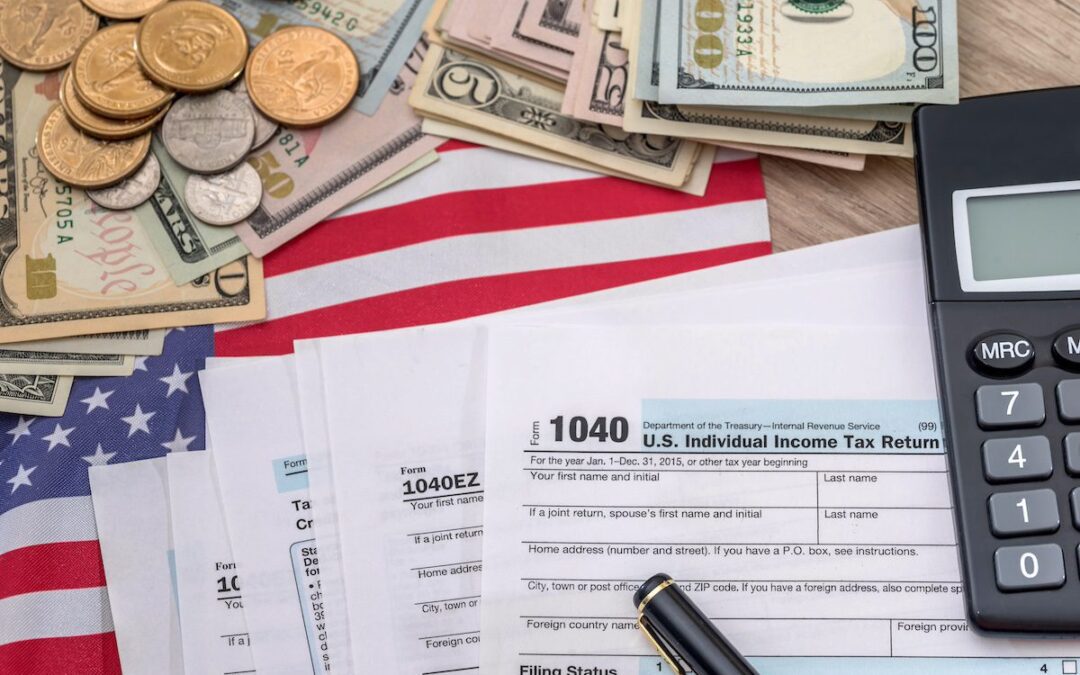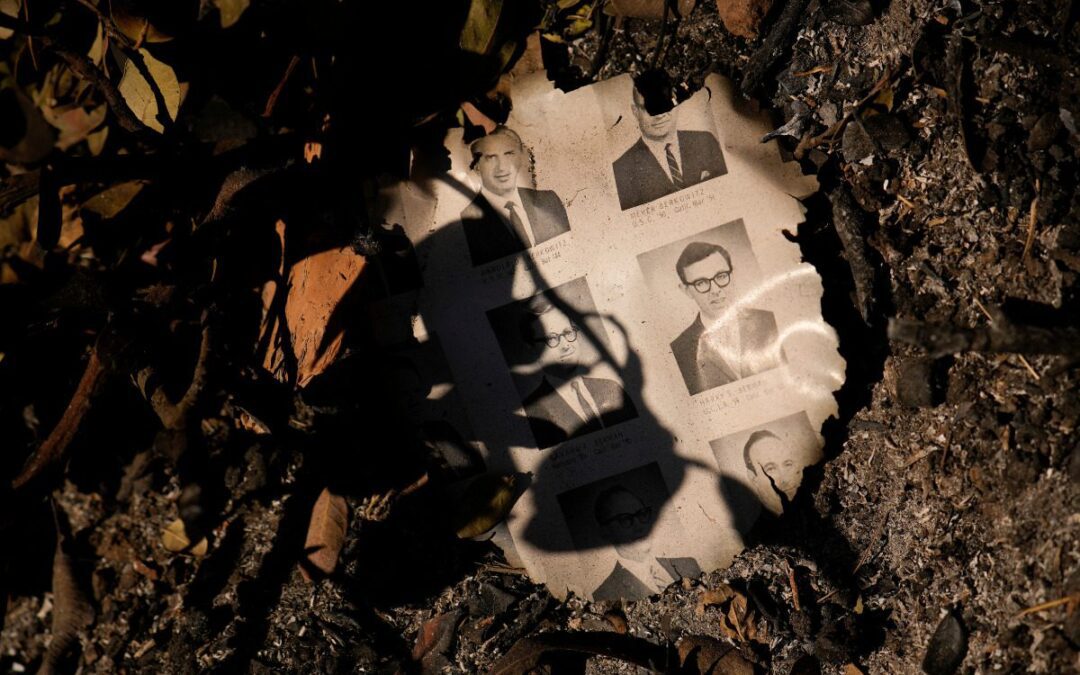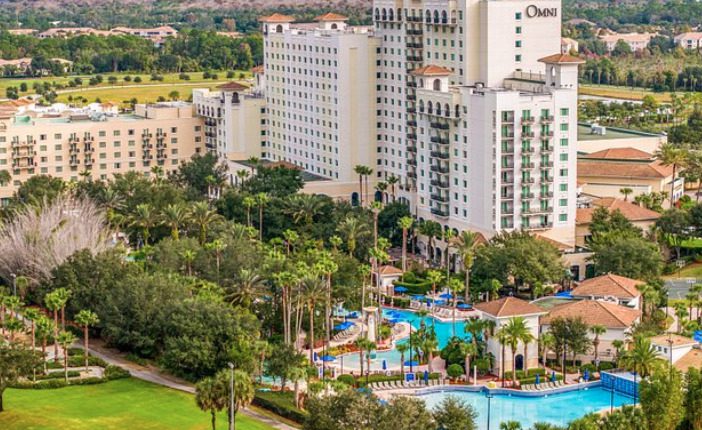
The OPAL report projects that while net migration may eventually return to more balanced levels in the long term, the natural population change is unlikely to re-equilibrate anytime soon (AP Photo/Ricardo Arduengo, File)
A report highlights the tremendous impact of population loss on the island’s economy and society.
A new analysis by the Puerto Rico Legislative Assembly’s Budget Office (OPAL) paints a stark picture of the economic consequences of the island’s population decline. The report reveals that between 2008 and 2022, Puerto Rico lost a staggering 697,295 residents, leading to a forfeiture of $1.158 billion in potential revenue.
RELATED: Puerto Rican population in the US is set to outnumber the island by 2025
This financial drain is primarily attributed to a decline in three key tax sources:
- Individual Income Tax – The loss of population translates to a shortfall of $634 million in individual income tax revenue.
- Sales and Use Tax (IVU by its Spanish initials) – The IVU, a general sales tax, has suffered a $339.7 million decline due to the shrinking population.
- Excise Taxes and Lotteries – Another $184.8 million has been lost in excise taxes and lottery revenues as a result of the population exodus.
“Had there been no net migration over the past 15 years, we would have experienced a slight 1.4% growth in the economy,” OPAL Director Luis Cruz Batista told El Nuevo Día. “However, the reality is that we have declined by 15.8%, almost 16%.”
The report, prepared by economists Jesús Tirado and Edwin Ríos at the request of Movimiento Victoria Ciudadana (MVC) Representative José Bernardo Márquez, highlights the tremendous impact of population loss on both Puerto Rico’s economy and society.
“We have thousands of young people and young adults leaving Puerto Rico,” Márquez told El Nuevo Día. “This has a profound social effect on our families and communities. But, in addition, it has a monumental economic effect, which, for the first time, this OPAL report calculates and confirms.”
A Declining Trend with Far-Reaching Consequences
The population decline is not a recent phenomenon. It began in the 2000s, with a net loss of 83,000 people between 2000 and 2009. The island’s population peaked in 2004 at 3.8 million, but just two years later, in 2006, the country entered a recession and contractionary period.
The following decade, from 2010 to 2019, saw the most significant population decline, according to the OPAL report. By 2010, the island’s population had shrunk to 3.7 million, and by 2020, it had further plummeted to 3.2 million. Since 2017, Puerto Rico has also experienced a negative natural population change, with the number of deaths surpassing the number of births.
“Puerto Rico’s population in 2022 is basically the same as it was 42 years ago. Obviously, this trend is going to continue. It’s a topic that needs to be discussed, analyzed, and we are presenting this information to legislators and the people because it is a topic that has been discussed, and we must continue in that line seeking solutions,” Cruz Batista said.
The OPAL report projects that while net migration may eventually return to more balanced levels in the long term, the natural population change is unlikely to re-equilibrate anytime soon. Birth rates are expected to continue declining, while death rates are not projected to decrease.
The Human Cost of Migration
The analysis reveals that the population group most impacted by migration is the 18-to-34-year-old demographic, accounting for 40% – or 271,000 people – of the net migration during the period studied.
Strikingly, the profile of the migrant has also changed. In the past, the outflow was primarily composed of individuals without post-secondary education. Today, however, more people with bachelor’s degrees or professional qualifications are leaving. “Basically, 62% of those who leave are people with a high level of education,” Tirado stated.
A Call for Action to Reverse the Trend
The report’s findings underscore the urgent need for policies and initiatives to stem the tide of migration and revitalize Puerto Rico’s economy.
“We are not making the necessary investments to retain and return young people to Puerto Rico, and precisely these are the consequences,” Márquez said. “Fewer nurses, fewer social workers, fewer entrepreneurs, fewer doctors, fewer workers, in short, fewer people contributing and contributing to the local economy. It is a multi-million dollar economic impact that must be addressed with legislative action.”
Márquez highlighted a legislative proposal he submitted to alleviate the cost of living for young people and prevent their exodus. The proposal included expanding tax breaks, such as granting a $1,000 credit for student loan payments.
RELATED: Inside Puerto Rico’s unique role in the US presidential race
Support Our Cause
Thank you for taking the time to read our work. Before you go, we hope you'll consider supporting our values-driven journalism, which has always strived to make clear what's really at stake for Floridians and our future.
Since day one, our goal here at Floricua has always been to empower people across the state with fact-based news and information. We believe that when people are armed with knowledge about what's happening in their local, state, and federal governments—including who is working on their behalf and who is actively trying to block efforts aimed at improving the daily lives of Florida families—they will be inspired to become civically engaged.


You may qualify to file your taxes for free in Florida—here’s how
An estimated 3.2 million Floridians will be eligible to use the IRS Direct File program to file their taxes this year. Floridians have some good...

Struggling with your mental health after surviving a disaster? Here’s how to look after yourself
By MARIAM FAM Associated Press There's the initial shock and chaos in a collective disaster like the deadly and destructive California wildfires....

5 places in Florida to donate clothes, shoes, and more
Decluttering your home can provide such a satisfying feeling of accomplishment. After sorting through all of your belongings and determining what...

8 Orlando hotels that pack as much fun as the theme parks
With waterslides, family arcades, playgrounds for the kids, and spas for mom and dad, these Orlando hotels will make your vacation unforgettable!...




